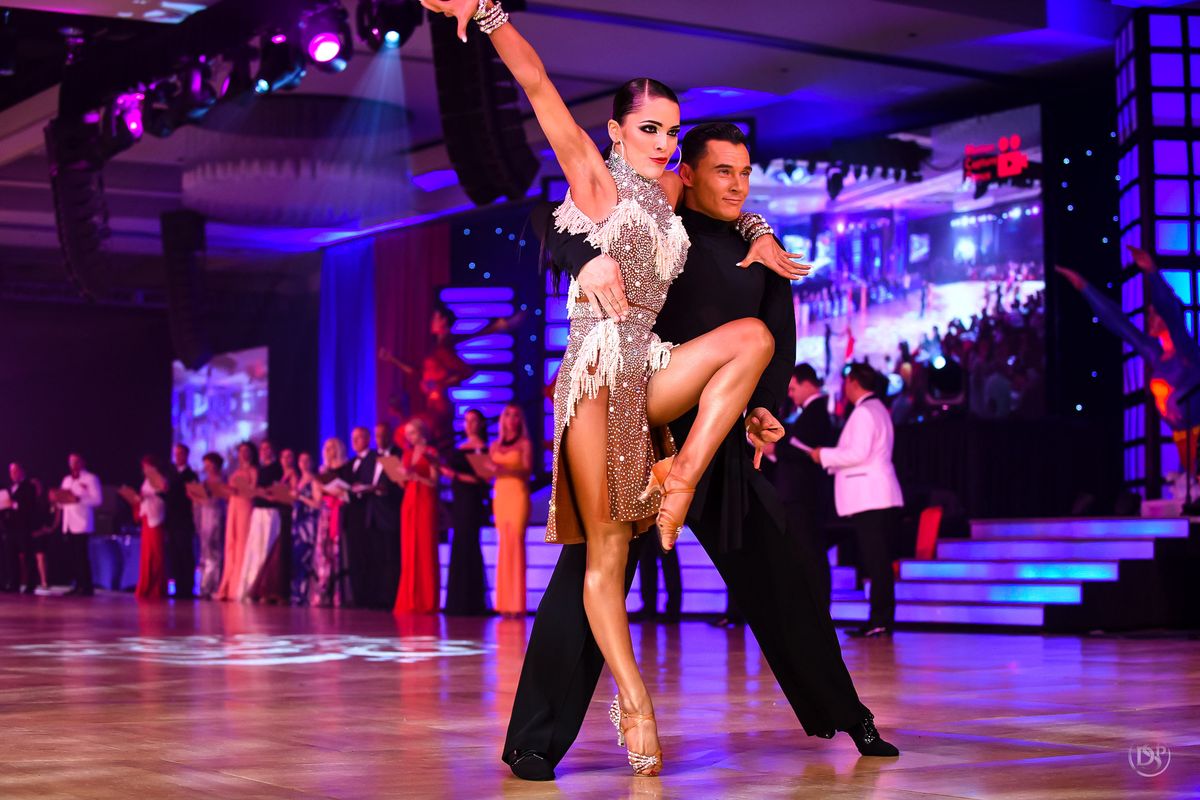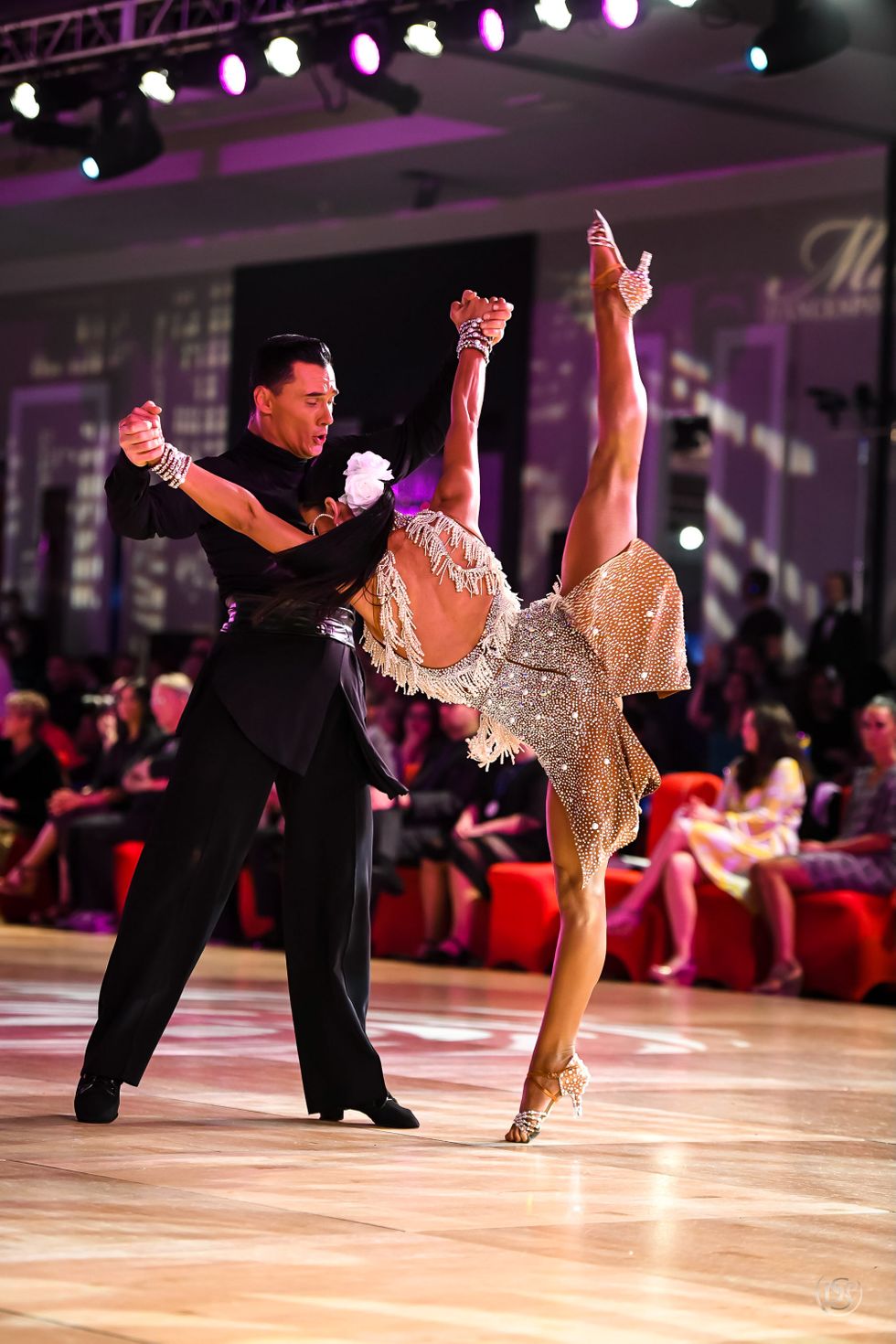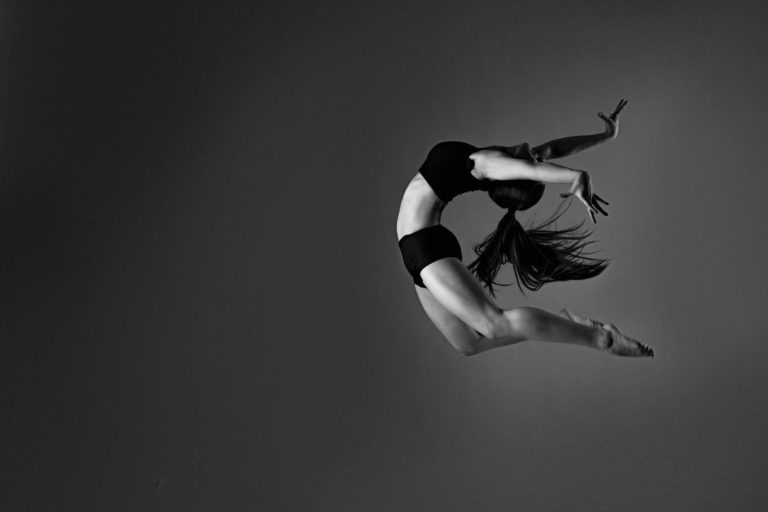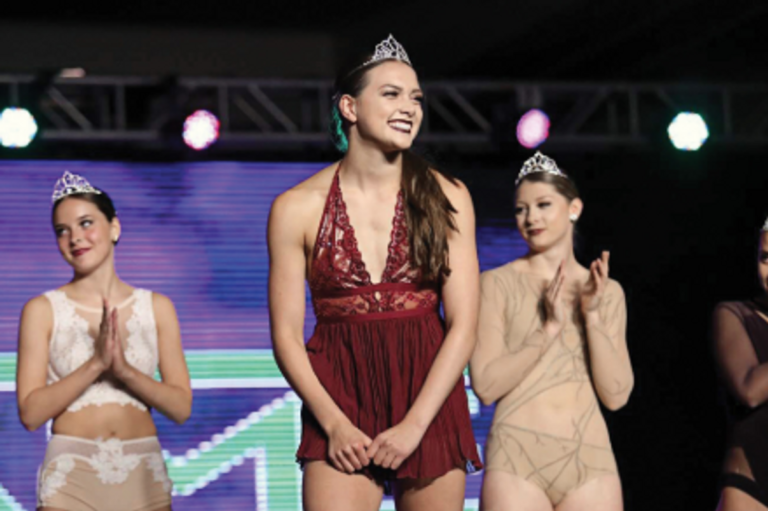
It seems everyone is trying to break into the ballroom scene these days, and we don’t blame them—it’s ALL kinds of fabulous!
But getting started can seem overwhelming for everyone involved. Whether you’re a studio owner looking to implement a new ballroom program or a student looking to get started, you’re likely to have A LOT of questions.
To help, we’ve talked with Cheyenne Murillo, U.S. Open Pro Rising Star Champion and teacher at Strictly Ballroom in Orem, Utah, to answer five questions every aspiring professional is sure to have.
You’re welcome!

Cheyenne Murillo and her partner Sasha Altukhov at Millennium Dancesport championship in Orlando, Florida.Photo courtesy of Murillo
1. What kind of time commitment does this entail?
“This will depend on what your goals are. If you want to be in the finals at Nationals or have goals of going professional one day, a lot of time and work has to be put in,” Murillo says. “Our more competitive dancers will spend at least three to four hours a day on ballroom. This usually includes two 45-minute lessons per day and two hours of practice per day. If your goals are to simply have fun, you can, of course, put as much time as you’d like into it.”
2. What kind of financial commitment should dancers expect?
“Depending on the teacher, the lessons can range form $50 to $300 per lesson,” she says. “It’s a lot, but the good thing is, you’re splitting the bill with you partner. For rehearsal, you will just need to pay for the studio rental which will vary from place to place. Here we charge $10 per hour. Competition fees are roughly $50 per event per competition, split between the partners. Decent dresses for the ladies start at about $500 and can get up to $5,000, but most dancers sell them and get some money back at the end of the year.”
3. There are five Latin and five Standard dances. Can students train in both?
Quick crash course on Latin dances: samba, cha-cha-cha, rumba, paso doble and jive.
Quick crash course on Standard dances: waltz, tango, Viennese waltz, foxtrot and quickstep.
“Dancers can train in both and be what’s called a 10 dancer. A lot of kids 16–18 will do both styles if they have the time, but once they get older, they generally choose one style to be more serious in. It’s similar to dancers who train in ballet and jazz. At some point, most dancers will have to choose which one they want to focus on in order to really excel.”
4. What job opportunities are there in the ballroom dance industry?
“Teaching, television shows like ‘Dancing with the Stars,’ professional competitions and commercial gigs.”
5. What clothing do they need to have for rehearsal?
“Really any type of tight-fitting dance clothes will work. Many of my dancers will wear a formfitting top with leggings or a skirt. Men should wear Latin shoes, and ladies should wear Latin heals. You can find these at stores like Aida Dance Shoes or Supadance.”




